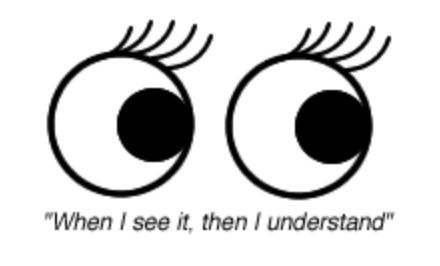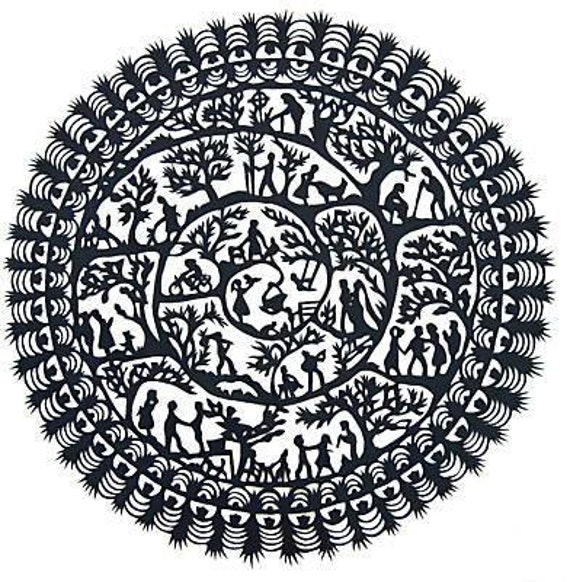These are the resources I have used throughout my Genius Hour research. Just in case anyone is interested in any of these websites I attched the links to each website by the corresponding MLA format citation.
- "3D Origami Art." 3D Origami Art. N.p., n.d. Web. 09 May 2015. (To follow the link click HERE)
- "A Brief History of Paper." Crafts RSS. N.p., 31 May 2013. Web. 09 May 2015. (To follow the link click HERE)
- "DIY - Bird Cage Lanterns - The Bride's Cafe." DIY - Bird Cage Lanterns - The Bride's Cafe. N.p., n.d. Web. 09 May 2015. (To follow the link click HERE)
- "Types of Origami." Types of Origami. N.p., n.d. Web. 09 May 2015. (To follow the link click HERE)
- "好å¯çˆ±çš„折纸熊猫~å¿«æ¥å¦ä¹ 折一个å§." 好可爱的折......_æ¥è‡ªFlorence_11的图片分享-å †ç³–. N.p., n.d. Web. 09 May 2015. (To follow the link click HERE)
- "The History Of Paper And Paper Crafts." Papersave. N.p., 21 Mar. 2013. Web. 09 May 2015. (To follow the link click HERE)
- “Kirigami Is an Art Form Where Paper Is Folded & Cut to Create Beautiful Designs." Kirigami Is an Art Form Where Paper Is Folded & Cut to Create Beautiful Designs. N.p., n.d. Web. 09 May 2015. (To follow the link click HERE)
- "Origami Maniacs: What Is 3D Origami?" Origami Maniacs: What Is 3D Origami? N.p., n.d. Web. 09 May 2015. (To follow the link click HERE)











































